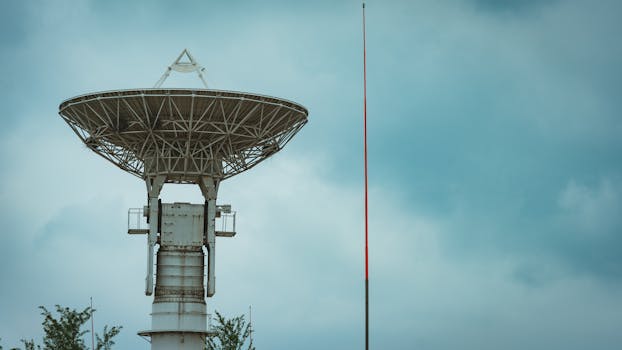The Future of Satellites: Revolutionizing Global Connectivity
The future of satellites is poised to revolutionize global connectivity, enabling faster and more reliable communication networks. With advancements in space technology, satellites are becoming increasingly important for various industries, including telecommunications, navigation, and weather forecasting.

The Future of Satellites: Revolutionizing Global Connectivity
The future of satellites is poised to revolutionize global connectivity, enabling faster and more reliable communication networks. With advancements in space technology, satellites are becoming increasingly important for various industries, including telecommunications, navigation, and weather forecasting. The focus keyword Future of Satellites is at the forefront of this revolution, driving innovation and investment in the space sector.
Advancements in Satellite Technology

Recent years have seen significant advancements in satellite technology, with the development of smaller, more efficient, and cost-effective satellites. These advancements have enabled the launch of large constellations of satellites, such as those being developed by OneWeb and SpaceX, which aim to provide global internet coverage and bridge the digital divide. The use of satellite technology is also becoming increasingly important for the development of 5G networks, with satellites playing a key role in providing backhaul connectivity and extending network coverage to remote and underserved areas.
Applications of Satellites

Satellites have a wide range of applications, from telecommunications and navigation to weather forecasting and earth observation. The use of satellites in telecommunications is enabling the provision of broadband internet services to remote and underserved communities, while also providing backup connectivity during natural disasters and network outages. In navigation, satellites are used to provide location information and timing signals, which are essential for a wide range of applications, including aviation, maritime, and transportation. The use of satellites in weather forecasting is also critical, with satellites providing imagery and data that are used to predict weather patterns and issue warnings for severe weather events.
Challenges and Opportunities

Despite the many opportunities presented by the future of satellites, there are also several challenges that need to be addressed. One of the main challenges is the issue of space debris, with thousands of pieces of junk orbiting the earth and posing a risk to operational satellites. Another challenge is the need for regulatory frameworks that can keep pace with the rapid development of satellite technology. However, these challenges also present opportunities for innovation and investment, with companies and governments working together to develop new technologies and solutions that can address these challenges and drive the growth of the satellite sector.
Conclusion

In conclusion, the future of satellites is poised to revolutionize global connectivity, enabling faster and more reliable communication networks. With advancements in space technology, satellites are becoming increasingly important for various industries, including telecommunications, navigation, and weather forecasting. As the satellite sector continues to evolve and grow, it is likely that we will see new and innovative applications of satellite technology, driving investment and job creation and contributing to economic growth and development.
See more:





